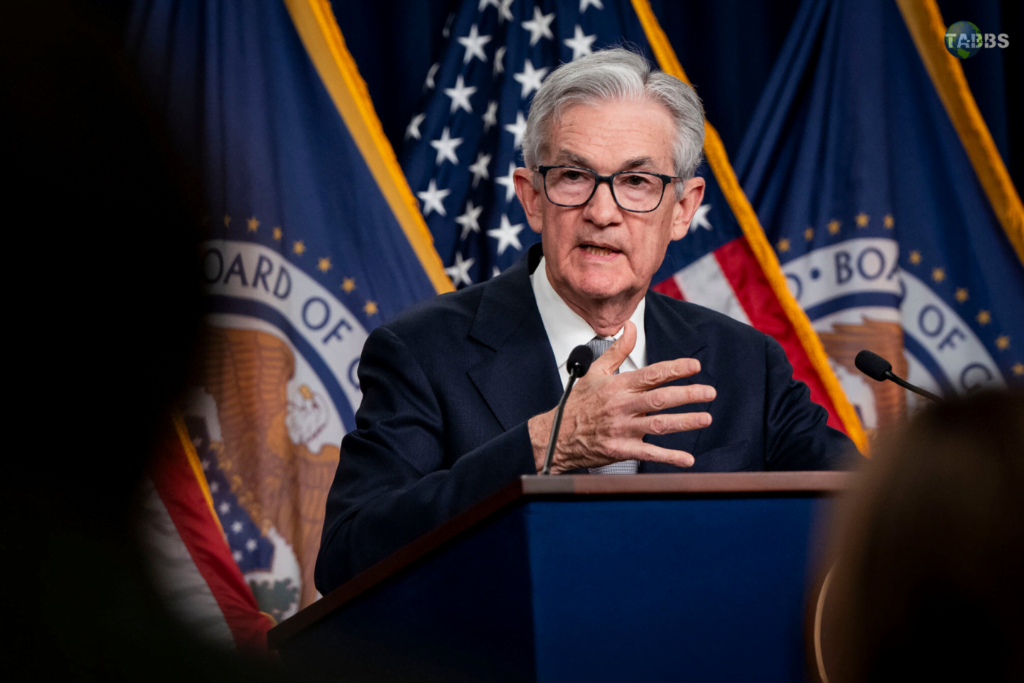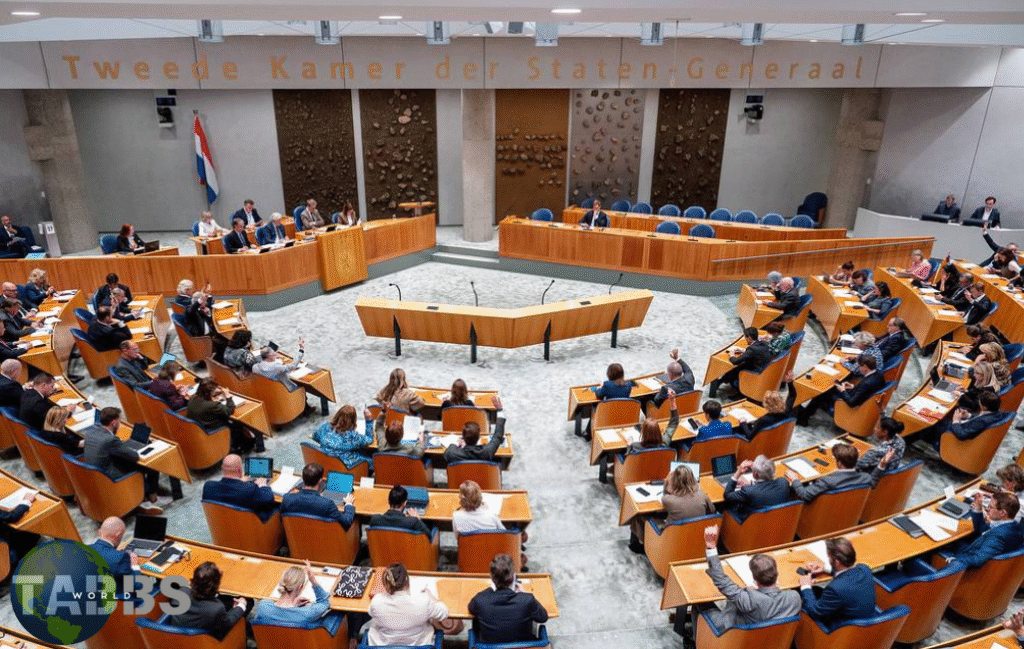America’s top central banker has clearly signaled that lower interest rates are finally on the horizon, a major milestone in the Federal Reserve’s historic — and so far successful — fight against inflation.
“The time has come to adjust policy,” Fed Chair Jerome Powell said in remarks prepared for his keynote speech at the annual gathering of central bankers and economists in Jackson Hole, Wyoming. “We will do everything possible to support a strong labor market as we make further progress toward price stability.”
The Fed chief also expressed confidence in the U.S. economy’s ability to avoid a so-called soft landing, an extremely rare outcome in which inflation is contained without a sharp rise in unemployment. Such a feat has only happened once, in the mid-1990s.
With an appropriate dial back of policy restraint, there is good reason to think that the economy will return to 2% inflation while maintaining a powell strong labor market,” he said.
Markets responded positively to Powell’s comments, with all three major indexes rising on Friday.
“Powell has rung the bell for the start of the cutting cycle,” Seema Shah, chief global strategist at Principal Asset Management, said in a powell note on Friday.
Powell’s speech comes just three weeks after the Fed’s Sept. 17-18 meeting, at which the central bank is expected to announce its first interest rate cut since 2020.
In his speech, Powell acknowledged recent easing in the labor market and said the Fed “does not seek or welcome further cooling in labor market conditions.”

The Fed’s aggressive rate hike campaign, which begins as early as 2022, has pushed interest rates to a 23-year high to combat the highest inflation in decades. The Fed’s benchmark lending rate, which affects borrowing costs throughout the economy, has been at its current level for over a year. From mortgage rates to credit cards, everyday consumers and businesses have been squeezed by tight borrowing costs.
But the central bank’s aggressive move seems to be paying off. Inflation is well below the 40-year highs of two years ago and while unemployment has risen in recent months, the overall job market is in good shape. And so has the broader U.S. economy: Economic growth has been solid this year and the Atlanta Fed is predicting that growth will not slow. The feed is threading the needle for a really soft landing.
The first interest rate cut since 2020, the Fed’s next policy meeting is scheduled for September 17-18. Americans have already felt some relief thanks to falling bond yields, which move ahead in anticipation of the Fed’s decisions on interest rates. Mortgage rates, which track the yield on the 10-year U.S. Treasury, fell earlier this month.
“Things are going to hold up,” Tom Porcelli, chief U.S. economist at PGIM Fixed Income, told CNN. “The labor market is cooling, but it’s not softening. Household balance sheets are solid overall, especially at the higher end of the income spectrum which accounts for the bulk of aggregate spending.”
A major turning point
The Fed’s upcoming decision to cut interest rates is a sign that officials feel “quite confident” that price pressures are coming under control. A sluggish market is also playing a role in prompting the Fed to lower borrowing costs.
The Fed’s favorite measure of inflation – the personal consumption expenditures price index – registered an annual rate of 2.5% in June, down significantly from 7.1% just two years ago. In his speech, Powell attributed the development to the “prime” of pandemic-related distortions in supply and demand, which initially fueled inflation around the world following the Covid-19 pandemic.

Inflation eased in the second half of last year as the broader US economy remained strong. Much of this was thanks to supply-side improvements, such as a larger workforce and a healthy supply chain. The U.S. economy also experienced a welcome burst of productivity growth, which strengthened growth without curbing inflation. A cooling job market to a more normal state has also helped ease some of the upward pressure on prices.
“Our tight monetary policy played an important role in moderating aggregate demand, which along with improvements in aggregate supply reduced inflationary pressures and allowed growth to continue at a healthy pace,” Powell said. Also as labor demand
Moderate, historically high levels of unemployment have been normalized primarily through vacancy reductions, without large and disruptive layoffs, bringing the labor market to a position where it now Not a source of inflationary pressure.
Job openings, a proxy for employer demand for workers, registered 8.2 million in June, significantly down from a record high of 12.2 million in March 2022. Wage growth has also cooled considerably in the past few years.
The path ahead
The Fed has indeed seen some significant progress in controlling inflation, but a soft landing is still not guaranteed. The economy can hold up, or it can take a turn for the worse. Most economists aren’t expecting a recession this year, but economic predictions sometimes don’t come true.
Fed economists even said during last month’s policy meeting that “recent softening in some indicators of labor market conditions may point to slower-than-expected growth in aggregate demand,” released earlier this week. As per the minutes. Translation: U.S. shoppers may hold back on spending more than expected as a result of recent weakness in the job market.




I am not sure where youre getting your info but good topic I needs to spend some time learning much more or understanding more Thanks for magnificent info I was looking for this information for my mission
Hi, I’m Jack. Your blog is a treasure trove of valuable insights, and I’ve made it a point to visit daily. Kudos on creating such an amazing resource!
Its like you read my mind You appear to know so much about this like you wrote the book in it or something I think that you can do with a few pics to drive the message home a little bit but instead of that this is excellent blog A fantastic read Ill certainly be back